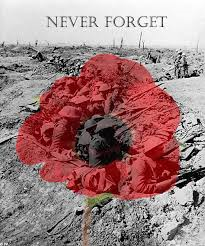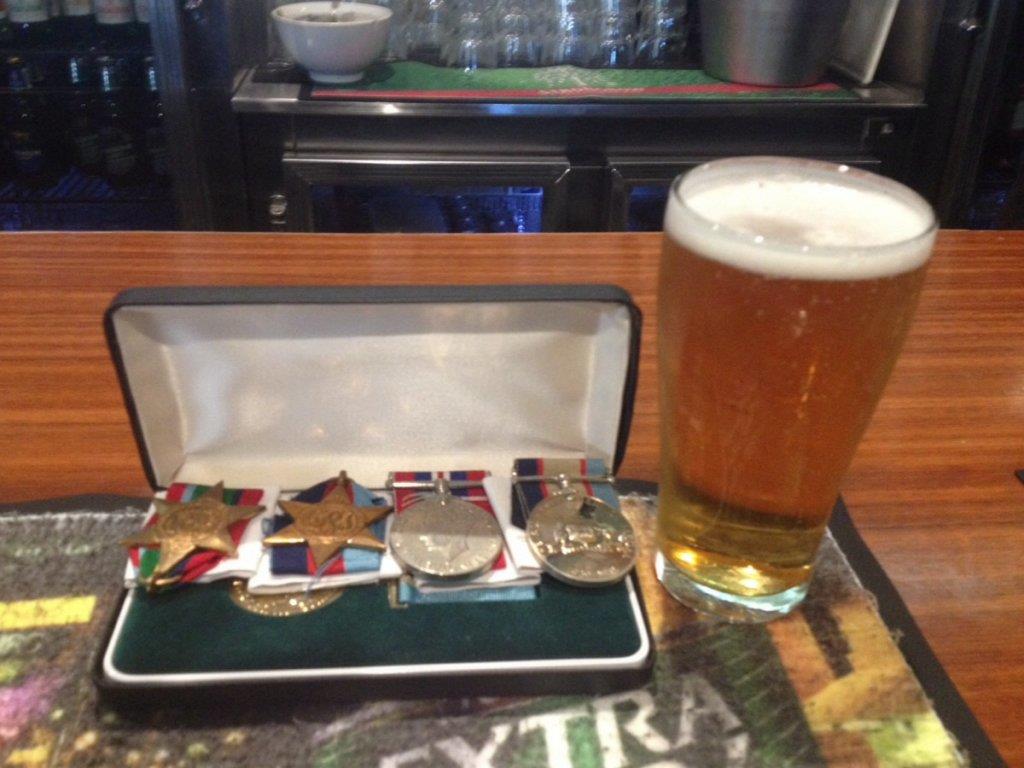He's been called the Father of the Anzac Dawn Service.
He lies buried in the small Queensland town of Herberton, under a simple white cross. The grave gives no real clue to his identity. The inscription simply reads "A Priest".
Yet his humble grave has become a pilgrimage point for those interested in the origins of our ANZAC traditions. He's been called the "Father of the Anzac Dawn Service" and the story of his life has yielded some legendary stories - some true, some not so.
His name is Reverend Arthur Earnest White.
Born in London on the 27 August 1883 Arthur White suffered for much of his childhood from a painful ear condition called Otitis Media. An inflammation of the middle ear, the condition eventually caused him some deafness and perforated each of his ear drums.
In 1912 he was a young 29 year old priest working at All Saints Orphanage in Lewisham, England when the condition became so bad it was decided he should move to warmer climes.
Early one Sunday morning in October of that year Rev White disembarked at Albany, Western Australia after weeks aboard the SS Persic. Although for the next four years he would be based more than 200 km away at Williams, Rev White would often return to visit Albany.
It's very possible he was on one such visit on November 7, 1914 when Australian and New Zealand warships gathered in Albany's port. Locals climbed Mt Clarence to watch as 60 or more ships left for the Great War in Europe.
While some of these ships stopped by Fremantle, others didn't and for many of the troops the green hills of Albany was their last sight of Australia. Several went straight to Egypt for training before being dropped at Gallipoli on the morning of the 25th April 1915.
Soon enough Rev White himself was caught up in the war effort, joining the 44th Battalion as a "Padre", or army chaplain. After training in England the battalion was sent to the Western Front late in 1916.
The Padre himself was not long there, for by the end of January he was at Armentieres in the north of France in a military hospital. He was not gassed, as it often suggested, but was being treated for his worsening ear condition. He suffered in various war hospitals, weak and in pain, and was eventually sent back to Australia. He was discharged from hospital in Fremantle on the February 12, 1918.
Twelve days later Rev White was back in Albany. Sharon Webb from the Albany Historical Collection says there are records from St John's Church which show he held a service there at 11am on February 24.
"It is believed that after that service he did hold a private requiem mass for the battle dead," says Sharon. She points out that he would have come across a lot of ill, injured and dying young men while in military hospitals.
There is no detailed record of the event, but it is generally accepted that the group walked from St Johns to the summit of Mt Clarence where so many had gathered to watch the ships leave in 1914. It's also believed Rev White arranged for a boatman to cast a wreath into the harbour to coincide with the ceremony.
Rev White left for the east coast, where he stayed for the next ten years. He initially worked at a military hospital in Caufield but moved on become Curate at St Johns in Melbourne in 1919.
Many articles (including one on the Australian Defence Force website) claim that in 1923 Rev White conducted Australia's first Anzac Dawn Service at the summit of Mt Clarence in Albany. However in 1923 he was rector and Archdeacon at Broken Hill in New South Wales.
"We have no evidence to show that he popped over to Albany," says Sharon Webb. She points out that considering the Reverend's growing popularity in Albany it would be unusual that the local paper would not report such an event.
To the best of our knowledge the first official Anzac Dawn Service was held in Sydney in 1927. Two years later Rev White returned to Albany to become Rector at St John's.
He made quite an impact. Reverend Lieutenant Colonel Mark Walker is the Assistant Priest at Saint John's, and has researched Padre White's time at the church.
"He used to appear at the cricket on a Sunday in his full cassock and clerical garb and storm on to the field and say they should all be in church," says Mark. "He'd do the same at the theatre."
On his first Anzac Day as Rector he introduced a dawn service, which ended with a wreath being laid on the war memorial next to the church. The following year in 1931 he instigated the twin traditions of casting a wreath into King George Sound (Albany's harbour) and climbing to the top of Mount Clarence.
He kept these traditions fiercely for the rest of his incumbency at St John's. On May 19, 1938 the Advertiser, under the heading "Cannon White Farewelled", reported that before he left Albany Rev White left three wishes with his congregation.
The first was that parishioners "exert all their efforts to prevent any despoilment of the beauty of Albany" by commercial enterprise. The second was that they "guard closely that wonderful Dawn Service and the other ceremony that had developed from it, particularly the laying of the wreath in the waters of the Sound". Thirdly, and most importantly, he said the congregation should ensure the town kept the "sanctity of Good Friday".
"I think he'd be pretty happy if he saw Albany today," says Sharon Webb.
Padre White spent the next 16 years in New South Wales, eventually becoming a Canon at St John's Cathedral in Bathurst. In May 1954 he retired to become Chaplain at St Mary's Girls School in Herberton. He died four months later, aged 71.
He was buried according to his own strict instructions in that simple grave inscribed with his vocation but not his name. If his aim was to be forgotten, then he failed.
These days, according to long-term local Ivan Searston, his modest burial site has become an integral part of the local Anzac service.
"Any wreath that is laid ends up out at the grave site sitting on the grave of Father White," says Ivan.
While we now know that Padre White was not the Father of the Anzac Dawn service, as has been claimed, Sharon Webb says that matters little in the scheme ot things.
"Whether it was the first, whether it wasn't, what he has done is create something special," says Sharon.
(End)
Just a small story I thought I'd share with you all.
To add from my own personal experiences now,
When I was a young boy my pop shared his own version of Rev White and his own stories of when he served in the Australian Army during the 1940's.
My pop was a hard nut and he always put the fear into us troublesome kids when we were growing up.
I remember his passion and how proud he was of serving in the Army and just before he past away I enlisted in the hope of showing him how honoured I was of his own service.
It was the first time I seen pop with a tear in his eye at my Marching out. Not long after he passed away.
When I enlisted I had the opportunity to be an officer, but to this day I still hear my pop go on about 'bloody Officers' Lol, I chose to be one of the boys but married an Officer instead. Lol
Pop was court martial 3 times during his service, all involving Officers and fighting. Funny though because I always found him to be the most respectful and well mannered guy. Just bloody tough. The only time he lowered his guard was when I spoke with him about his service. His passion and honour was so pure.
Many men and women joined the defence force for their own reasons and respectfully good on them.
This is my reason why I joined, out of respect for my Pop and the love of our great country.
To my pop and all those who have served and they're familys that give so much.
Lest We Forget





